May 16, 2025
A pressure regulator is a device used to regulate and stabilize output pressure.It is also called pressure regulator valve,that regulating the compressor air or liquids pressure to the range of use.Even when the input supply pressure fluctuates, pressure regulator valve ensures that the output pressure remains constant at the set value. It is one of the most critical components in a pneumatic system.
Pressure regulator valve plays an essential role in many industrial fluid and instrumentation systems. Even when the input air supply pressure fluctuates, it can automatically maintain or control the pressure and flow required by the system. Timely using pressure regulating valve is vital for safe and efficient system operation. An incorrect or unsuitable choice can lead to inefficiency, poor performance, frequent failures, and other potential safety hazards.
To properly understand and help you select a suitable pressure regulator, it is necessary for you to have a good understanding of its working mechanism, the different types of pressure regulator valve, and the specific operating requirements of your fluid system. This article will help you learn more, their functions, and how to choose one that best suits your fluid system.
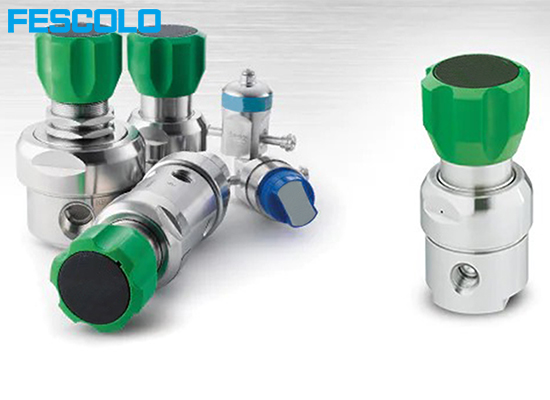
Simply put, a pressure regulating valve is a mechanical device used to adjust and stabilize the output pressure of a medium.The pressure regulator valve excels in adjustment accuracy. Its general structure includes an adjustment knob, spring, diaphragm, valve plug/seat, inlet and outlet ports, balance hole, and other structural components.
The pressure regulating valve has very good pressure stability. Even if the pressure of the upstream medium fluctuates due to equipment, temperature or other factors, the adjustment of the diaphragm and valve core can ensure that the outlet pressure remains near the set value.
The pressure regulator valve has a fast response speed and good sealing performance, and is widely used in water supply systems, oil and gas, HVAC systems, medical equipment, and other industries.
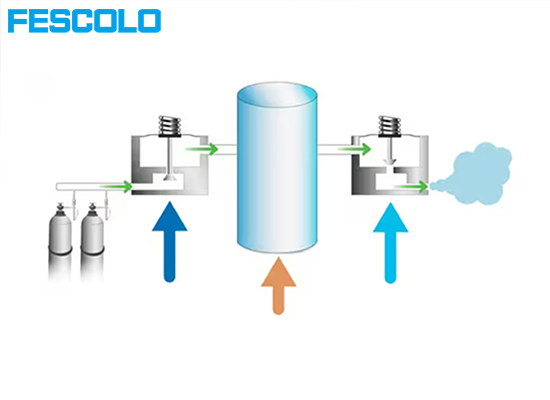
FRL regulator:This is a pressure regulator commonly used in pneumatic systems, typically installed in the air preparation unit. It reduces the compressed air pressure to a usable level for equipment (usually 0.5–10 bar).
High Pressure Regulator:A digital pressure regulator controls output pressure through digital signals, enabling remote control with high precision. It is suitable for laboratory gases, precision instruments, or automation systems.
Digital Regulator:It refers to all types of pressure regulators used for controlling the pressure of various gases.
Gas pressure regulator:It is used for reducing high-pressure gases or liquids and for regulating high-pressure fluid media, with manual operation to control the output pressure.
| Type | Main Application | Operating Principle | Control Method | Key Features |
|---|---|---|---|---|
| FRL Regulator | Pneumatic systems, air preparation units | Reduces compressed air to a usable pressure | Manual adjustment | Simple, reliable, widely used in industrial pneumatics |
| High Pressure Regulator | Laboratory gases, precision instruments, automation systems | Reduces high-pressure gas with high-accuracy output | Digital signal control (remote) | High precision, suitable for automation and remote control |
| Digital Regulator | Pressure control for various gases | Pressure is regulated digitally | Electronic/digital control | Broad category covering all digitally-controlled regulators |
| Gas Pressure Regulator | High-pressure gas or liquid systems | Converts high-pressure media to lower working pressure | Manual operation | Robust, suitable for gas supply or high-pressure systems |
If you want to learn how to adjust a pressure regulator specifically, please check out our article, which outlines 5 steps for regulator adjustment and maintaince tips.
No matter whether the regulated medium is gas or liquid, the fundamental principle remains the same.Here, compressed air is used as the regulating medium.The operation of a pressure regulator can be divided into three main stages from the perspective of the air source: air enters the regulate, the valve element position is automatically adjusted, and air is delivered to downstream components such as cylinders and valves. To understand the detailed regulating principle, you must first understand the three air compressor parts which consist the pressure regulator:
Control Element: The control element is the core structure that directly regulates gas flow and pressure output, typically represented by an adjustable valve or valve seat mechanism.
Sensing Element: The sensing element detects changes in downstream pressure and feeds this information back to the control element to adjust the valve opening, thus achieving automatic pressure balance.
Load Element: Usually, a compressed spring applies a preset downward force on a diaphragm or piston.
When a pressure regulator starts working,the piston or diaphragm senses both upstream and downstream pressure. The user can rotate a handle to balance the force between the sensing and load elements. The sensing element then allows the valve to open or close from the seat. These components work together to maintain balance and achieve the set pressure. If one force changes, the other forces must also change accordingly to restore balance.
In a pressure-reducing regulator, four related forces must be balanced: load force, inlet spring force, outlet pressure, and inlet pressure. The relationship among these forces is:Load Force = Inlet Pressure + Outlet Pressure + Spring Force
A back-pressure regulator functions similarly, but without the load force. Instead, the balance is:Spring Force = Inlet Pressure + Outlet Pressure.
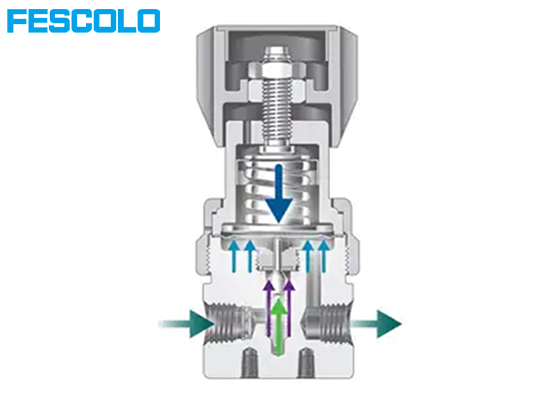
Once you understand how a regulator functions, you can better evaluate how to match different regulator characteristics to your system's needs. Some of the most important factors to consider include:
Pressure Range
The pressure regulator must withstand and adapt to your gas source or system input pressure. For example, if the gas bottle output is 15 MPa, then a regulator with a rated input pressure ≥ 15 MPa must be selected. Exceeding this may result in damage or safety risks. The output pressure range must also cover your actual operating needs. For high-precision control, choose a precision regulator or an electronic regulator.
Flow Capacity
If downstream devices like cylinders or spray guns require a high flow rate, a pressure regulator with high flow capacity must be chosen. Insufficient capacity may lead to slow or unstable equipment response.
Port Size and Installation Method
Pressure regulator ports typically come in G1/8, G1/4, G3/8, G1/2 BSP threads or NPT threads. Sizes must match your pipelines or fittings to prevent leakage or flow bottlenecks. Be mindful of installation direction; some regulators only operate in one direction.
Control Accuracy and Sensitivity
For highly sensitive applications like laboratories, testing instruments, or laser devices, choose a regulator with a high-sensitivity diaphragm design, such as electronic digital pressure regulators or precision pressure regulators.If you only need to reduce high-pressure gas to a usable lower pressure, a gas cylinder high-pressure regulator will suffice.
Environmental Compatibility
For food, medical, or corrosive environments, choose regulators made from stainless steel or engineering plastics.Also consider limitations in high-temperature, high-humidity, explosion-proof, dustproof, and waterproof environments.
By gaining a deeper understanding of various pressure regulators and their operating principles, you will be better understand to make the right choice.A good pressure regulator supplier should be able to provide size specifications, pressure and flow requirements, temperature range, and control modes suitable for your system.
Fescolo will help you make the right decision according to your personalized needs about pressure regulator.We have experienced experts, equipped with comprehensive application knowledge and engineering support, will guide you in selecting the right solution for your system.If you're looking to optimize regulator performance, please contact our pressure control expert team to start a consultation.
You May Interest In

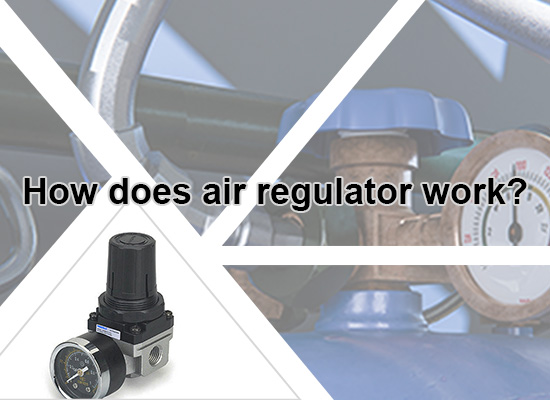
Mar 10, 2018 Blog
How does air regulator work?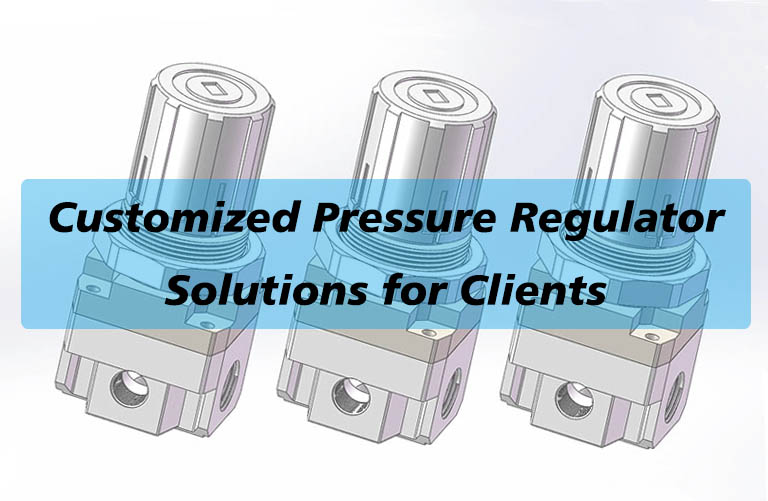
Mar 10, 2025 Blog
Customized Pressure Regulator Solutions for ClientsFOKCA ©1998-2025 Fescolo Pneumatic All Rights Reserved Sitemap